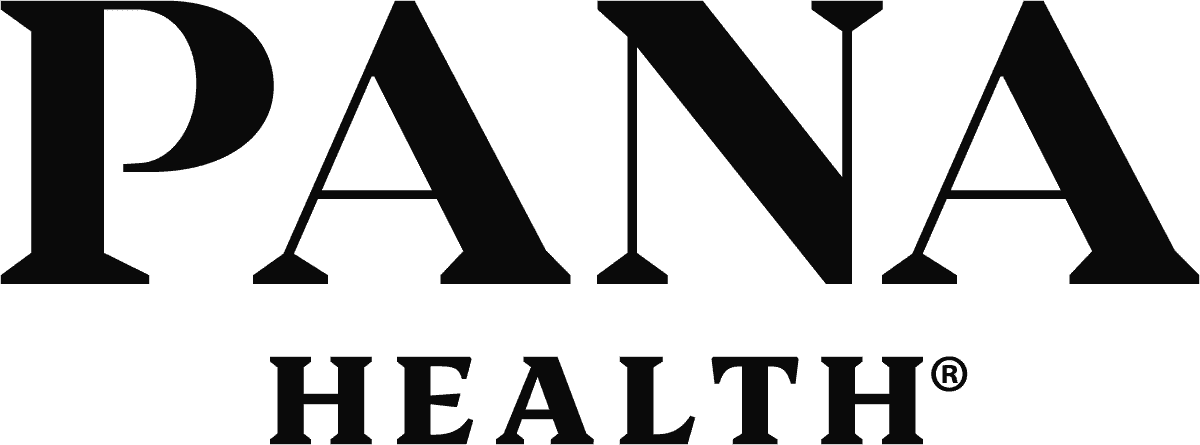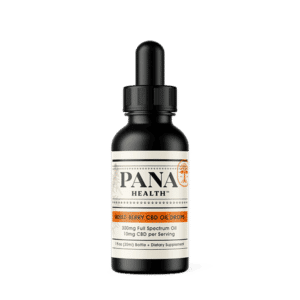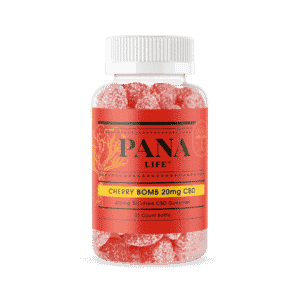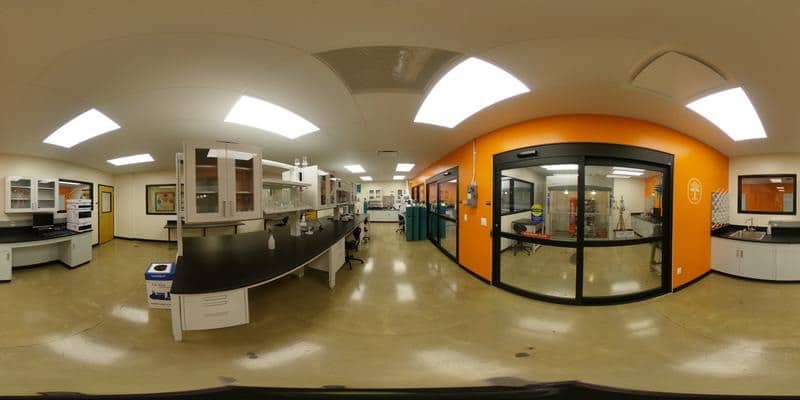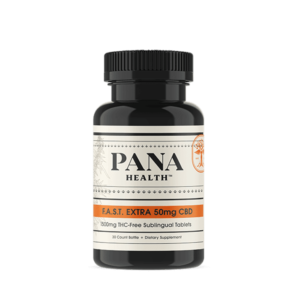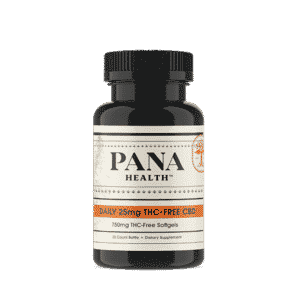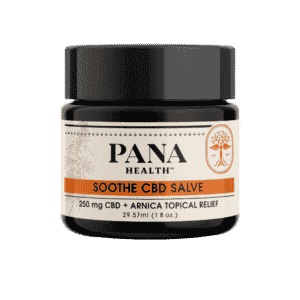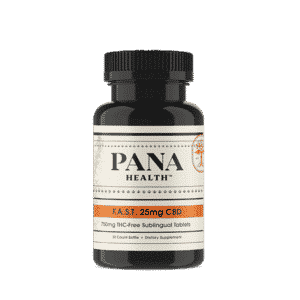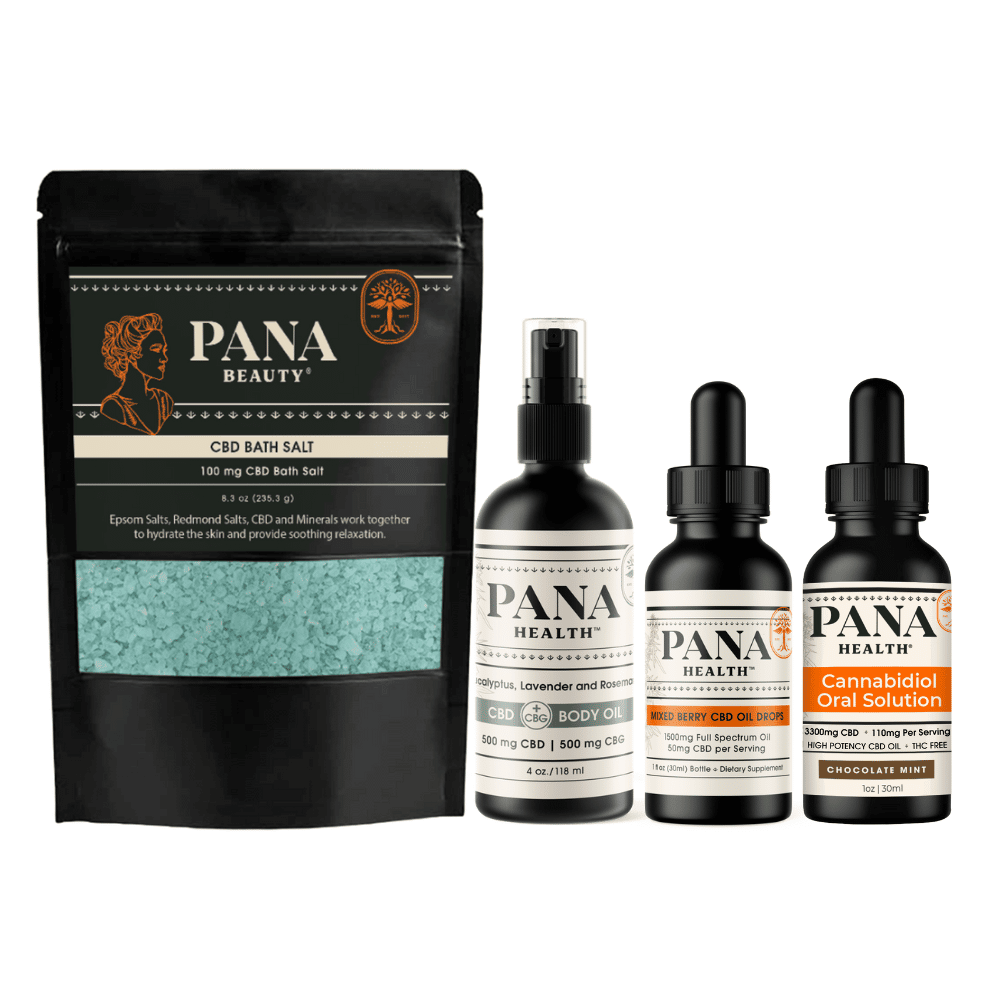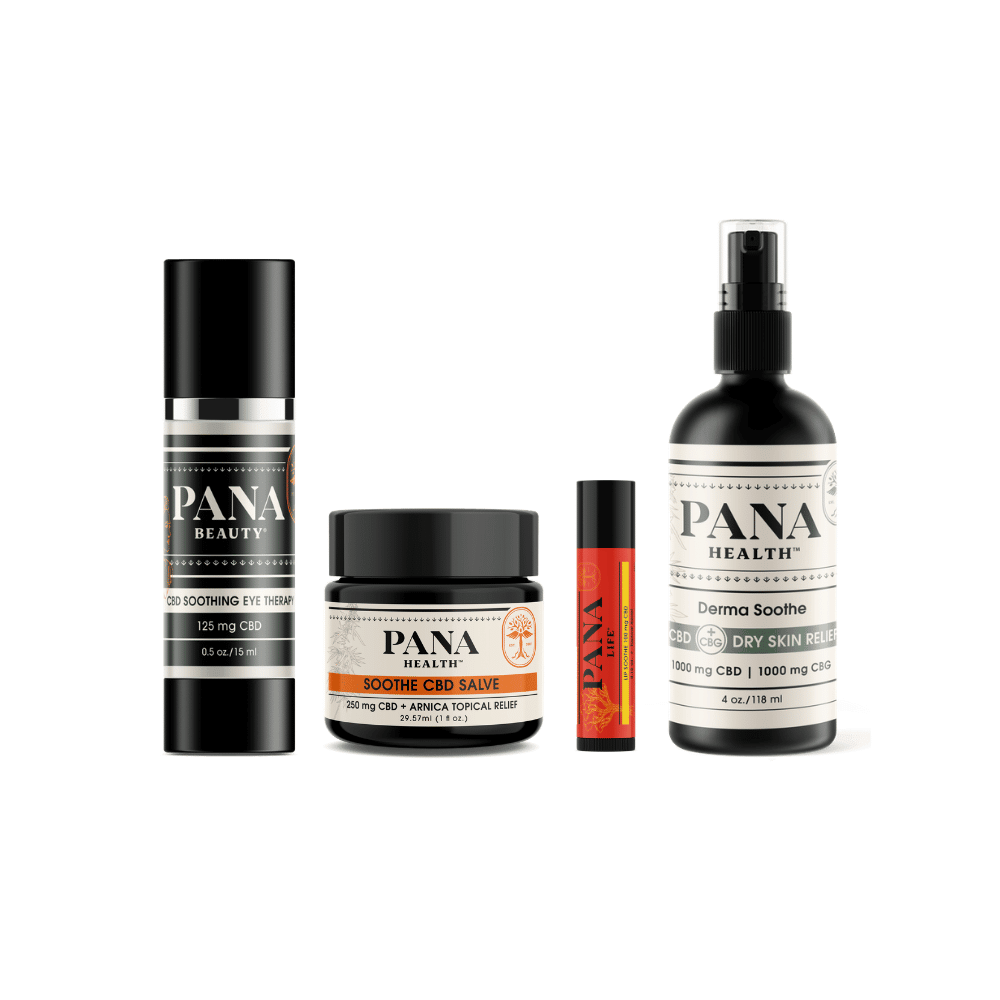Cannabidiol (CBD) oil is a big product these days. You have likely seen it around before, as it is in many stores and pharmacies. But what exactly is it? And what could it be used for?
A quick definition of CBD oil
We cannot talk about the use of CBD without explaining what it is first. After all, in order to use something properly, you will need to have a good idea of what exactly it is and where it comes from.
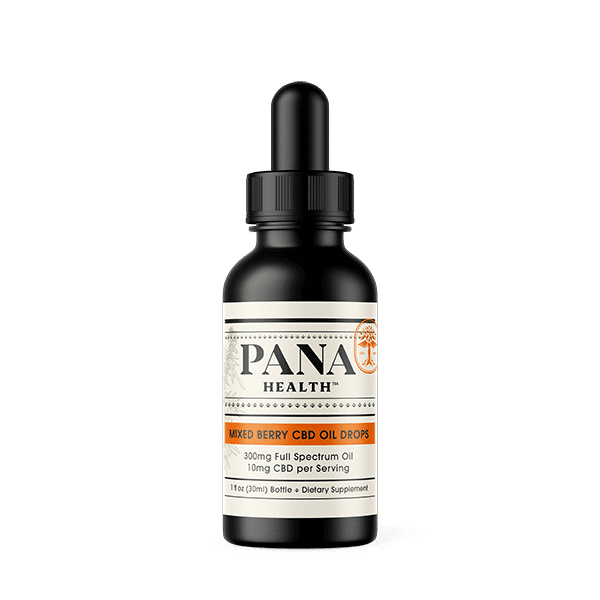
CBD is a member of a class of chemical compounds known as cannabinoids. They are found in cannabis plants, like hemp and marijuana. It is a very diverse group of compounds, with over 113 different ones that have been found so far. CBD is one of the more popular cannabinoids, but there is one that is arguably more famous.
Tetrahydrocannabinol (THC) is the best-known cannabinoid. It is so famous because of its psychoactive effects. That means that it creates the inebriation, more commonly referred to as a “high,” that is so often associated with cannabis plants. Because they are both cannabinoids, many believe that CBD and THC are the same, and that they both will get you high. However, this is a misguided line of thought. CBD, unlike THC, is not psychoactive at all. It does not create the same high that THC does.
CBD is usually extracted from hemp rather than marijuana. Much like the confusion with THC and CBD, many people assume that marijuana and hemp are different words for the same thing. But that is not the case. While they are both cannabis plants, hemp and marijuana are different variations of cannabis. Hemp is attractive to CBD manufacturers because it has low levels of THC and high levels of CBD. Marijuana is just about the exact opposite. It has high levels of THC and varying levels of CBD. Most CBD product manufacturers also use hemp over marijuana because it is federally legal in the United States. As of 2018, hemp is legal to grow and sell across the country (within restrictions in certain states). Marijuana, on the other hand, is still federally illegal. There are a handful of states that have legalized the cannabis variation, some only for medicinal purposes and others for recreational uses.
To get a bit more specific within this definition, let’s talk about CBD oil. It is a kind of CBD product, where CBD extract is mixed with a carrier oil, like coconut oil. It is one of the more common forms that you will find CBD products in. They are easy to take, and you have a couple of different options on how to take them. The first is by mixing them in with some food, like a smoothie. Most CBD oils have some sort of flavoring in them, so you do not need to worry about them having a strong hemp flavor. The one downside of taking CBD oil like this is that you need to wait for the food to digest before the CBD can start working. Another way of taking CBD oil is by placing the oil drops directly into your mouth. This is faster, because you do not have to wait for food or drink to digest.
How to find pure CBD oil
It is perfectly possible to get your hands on CBD products that have no other cannabinoids or compounds other than CBD. But to do that, you do need to pay attention to the label. There are three main kinds of CBD extract. Every product is made with one of these. They are full spectrum, broad spectrum, and CBD isolate. You can probably deduce which of these is the purest version of the extract, but let’s talk about the others anyway. You may decide that there is a different one that you would like better.
Full spectrum
When CBD is extracted from the hemp, there are other compounds and cannabinoids that come with it. Full spectrum CBD keeps all of these in the extract. This includes THC. However, as stated above, it legally cannot be more than 0.3%, which is not enough to cause a high. Despite the presences of these other cannabinoids and compounds, CBD is still the primary part of the extract and is what you will feel the strongest effect from.
Broad spectrum
Broad spectrum is very similar to full spectrum. It has most of the other compounds and cannabinoids that come with the CBD during extraction. However, there is one important distinction, there is no THC. The appeal of full and broad spectrums is a potential effect known as the entourage effect. This is when compounds build on each other to create a stronger effect. Broad spectrum could be a good option for those who are looking for a stronger effect, without the concern of the presence of THC.
CBD isolate
You have probably already guessed what CBD isolate is. It is CBD extract with nothing in it, but the CBD. If you are looking for pure CBD oil, this is what you are going to want to look for. Products made from CBD isolate may not be as strong as full or broad spectrums, but they may be able to provide you with a clearer CBD experience.
When shopping for CBD products, be sure to pay attention to the labels. They should say what kind of CBD extract was used in the production. The products that are made with pure CBD should say something along the lines of “CBD isolate,” or “isolate.” But if you are curious, the other extracts are also worth trying.
What uses are there for CBD?
There has been a fair amount of research that has been done on CBD, leading to us having an idea of what benefits it may offer. But what exactly are these benefits, and what research backs it up? Well, let’s talk about it.
Help with achieving a sense of calm
Despite CBD not being psychoactive, it is known for having one specific effect on someone’s mental state. It may be able to help its user achieve a greater sense of calm. This study tested that by having several people with social anxiety disorder participate in public speaking. Some of them were give CBD and other were given a placebo. Those that were given the CBD reported feeling much more confident and comfortable when facing the nerve-wracking activity, than those who were given the placebo. This study, and others, strongly suggest that CBD could help many people who struggle with feelings of anxiousness.
Supporting joint health
Another common area that CBD researchers are interested in, is how CBD interacts with things like inflammation, that have a negative impact on joint health. For example, this study wanted to see how CBD interacted with inflammation caused by oxidative stress. This form of inflammation contributes to many issues, like diabetes, Alzheimer disease, and several forms of arthritis, for example. The researchers found that CBD was able to help reduce the inflammation. This could mean that CBD could help deal with inflammation and support joint health.
There are plenty of areas concerning CBD that need more research done. But the two benefits listed above have had a lot of research focused on them. They are just a couple of examples of the many things that CBD may be able to help with. As time goes on, we are likely to learn about even more.
What other CBD products are out there?
So, now you have an idea of what CBD and CBD oil is and what it may be able to offer you. But what if you do not want CBD in oil form? Well, there is an easy remedy for that: one of the many other CBD products that are out there. Let’s talk about what those products are.
Edibles
You can probably guess what these are. They are any food or drink that has been made with CBD. They are very popular because they are easy to take and delicious. The CBD in edibles does, however, take a while to start working, because the food or drink needs to digest before it can start working. But their effect does tend to last a long time. So, there is some give and take with these.
Capsules & tablets
If you are looking for a more pill-like CBD product, then these are what you are going to want to keep an eye out for. Capsules are the most pill-like of the two. They are normally soft gels, which means that they have been made with liquid CBD extract. You take them like you would any other pill, swallowing them without chewing. Tablets are a little bit different. Most CBD tablets are sublingual, which means that to take them, you place them under your tongue and allow them to dissolve. They tend to start working a bit faster because the skin under your tongue is thin, making it easy for the CBD to absorb into your system.
FDA-approved medications
Because of all of the research that has been done on CBD so far, there are a few CBD-based medications that have been approved by the Food and Drug Administration (FDA). The big one is Epidiolex. It is aimed at helping avoid the seizures that are caused by two serious forms of epilepsy, Dravet and Lennox-Gastaut syndromes. The others are all made to help fight the nausea that is common with cancer treatments.
Topicals
These kinds of CBD products include anything that you use on your skin that is made with CBD. They could be lotions, creams, balms, and hand sanitizers, among many other products. Unlike their oral counterparts, the CBD in topicals never enter the bloodstream. Instead the CBD absorbs through the pores. This way you still get the benefits of CBD, but it stays in the area that the topical is used. They work best if you use them often and liberally.
How do I know how much CBD to take?
Unfortunately, you cannot know, not initially. This is because everyone has a different experience with CBD. There are some connecting factors (weight, age, genetics), but they are not a guarantee. So, in order to know the right amount of CBD for you, you will need to experiment a little. But you need to do that carefully. Before we can talk about how to experiment with it carefully, we need to talk about what to look out for when taking CBD.
In general, CBD is considered safe for anyone who is over the age of 18 and is not pregnant or breastfeeding. But that does not mean that it is free of side effects. The side effects that are associated with the cannabinoid are usually connected with taking too much of it. They tend to be along the lines of things like nausea, fatigue, and dizziness. While these are not normally life threatening, they are still no fun to deal with. You should do your best to avoid them. But how do you do that?
The best way to figure out the right amount of CBD for you is by starting out low with how much you take. Most CBD products have a suggested amount on the label. This is usually on the lower side. You can either follow that or try to go even lower (if possible). Once you take that amount, you should wait and see how it sits with you. Remember that some products take longer than others to start working. If after a while, you do not feel any negative side effects, but still are not getting the effect you are looking for, you can try taking more CBD. This process could take several days, so be patient.
It is also important that you bear in mind that CBD does not work well with all medications. That is, not all medications work right in the presence of CBD. Some do not work as strongly, other do not work at all. If you take medication and would like to start taking CBD as well, be sure to discuss it with a healthcare professional. They should know how the cannabinoid interacts with your medication.
There are many things that CBD oil has the potential to help with. The main way to know how it may benefit you is to give it a try. Then you can see what everyone’s favorite cannabinoid may be able to do for you.

